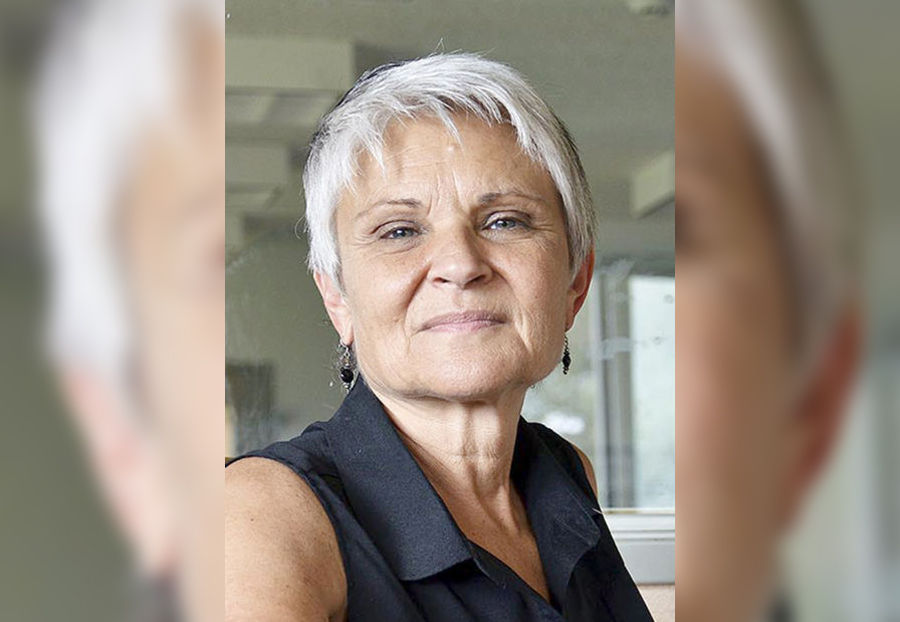We are routinely asked if we are a “no-kill” shelter. We always reply: “No, we are an ‘open-admission’ shelter; we take in approximately 5,000 animals a year, and we are the only animal welfare shelter on the island.” But really
We are routinely asked if we are a “no-kill” shelter. We always reply: “No, we are an ‘open-admission’ shelter; we take in approximately 5,000 animals a year, and we are the only animal welfare shelter on the island.”
But really … what does this mean? Why aren’t we a “no-kill” shelter?
A “no-kill” or “limited admission” shelter accepts a limited number of animals; only taking in those animals when they have available room, and only accepting those that they believe will be able to adopt out quickly into new homes.
Adopting out animals quickly enables the shelter to take in more animals; when they are full; they’re full. When they’re full, which is often; animals inevitably land at “open-door” shelters.
These types of limited shelters operate much like a private animal adoption agency. They choose which animals they will accept; typically, they take in animals from owners who can no longer keep the animal.
They may take animals from larger “open-door” shelters in the community; choosing only the animals they determine to be strong adoption candidates.
A “no-kill” or “limited admissions” shelter may take in an animal that requires medical treatment or behavior modification; however, these animals are few in number and are very carefully selected.
Also, there are shelters that are referred to as a “managed intake” facilities. Again, these facilities only take in animals when they have room; often, they have a waiting list.
Appointments with owners to surrender their animals are made after the owner has been counseled about available alternatives.
These options may include tips on placing the animal themselves, behavior training or contacting a breed-specific local rescue group. If alternatives are not an option, the owner brings the animal to the shelter at an appointed time for an evaluation to determine (while the owner waits) if the animal is a candidate for the adoption program.
If the animal is not a candidate for the program, the shelter may or may not agree to accept the animal. If the shelter does accept the animal, it is with the agreement from the owner that the animal will be euthanized.
All these types of shelters are good community resources. They offer support and options for the public when individuals can no longer keep an animal.
They offer options to animals received at an open-door shelter when they have space available; but a no-kill works well only when there is an open admission shelter operating nearby.
An open-door shelter does not have the option to pick or choose which animals they will accept.
These shelters do not turn any animal away, regardless of space available; regardless of the animal’s age, health, temperament and physical condition. Often open-door shelters provide animal control services and receive stray animals.
They take every single animal who is brought to them; even knowing that the animal may be euthanized.
Open-door shelters develop programs designed to increase adoptions and lower intake; programs just like what we have here at KHS.
We are the only shelter on the island and we are an open-door shelter. We do not choose which animals we will receive; we take them all. We work tirelessly to care for the island’s unwanted animals and to provide resources for those families needing help to care for their animal companion.
Our goal is that no animal be euthanized except for those whom euthanasia is necessary to relieve their suffering or for the safety of people and other animals.
For us to accomplish our goal, we need the community’s help. We cannot do it alone. Help us help them: “Aloha for animals. Partners for life.”
Penny Cistaro is executive director of the Kauai Humane Society.


